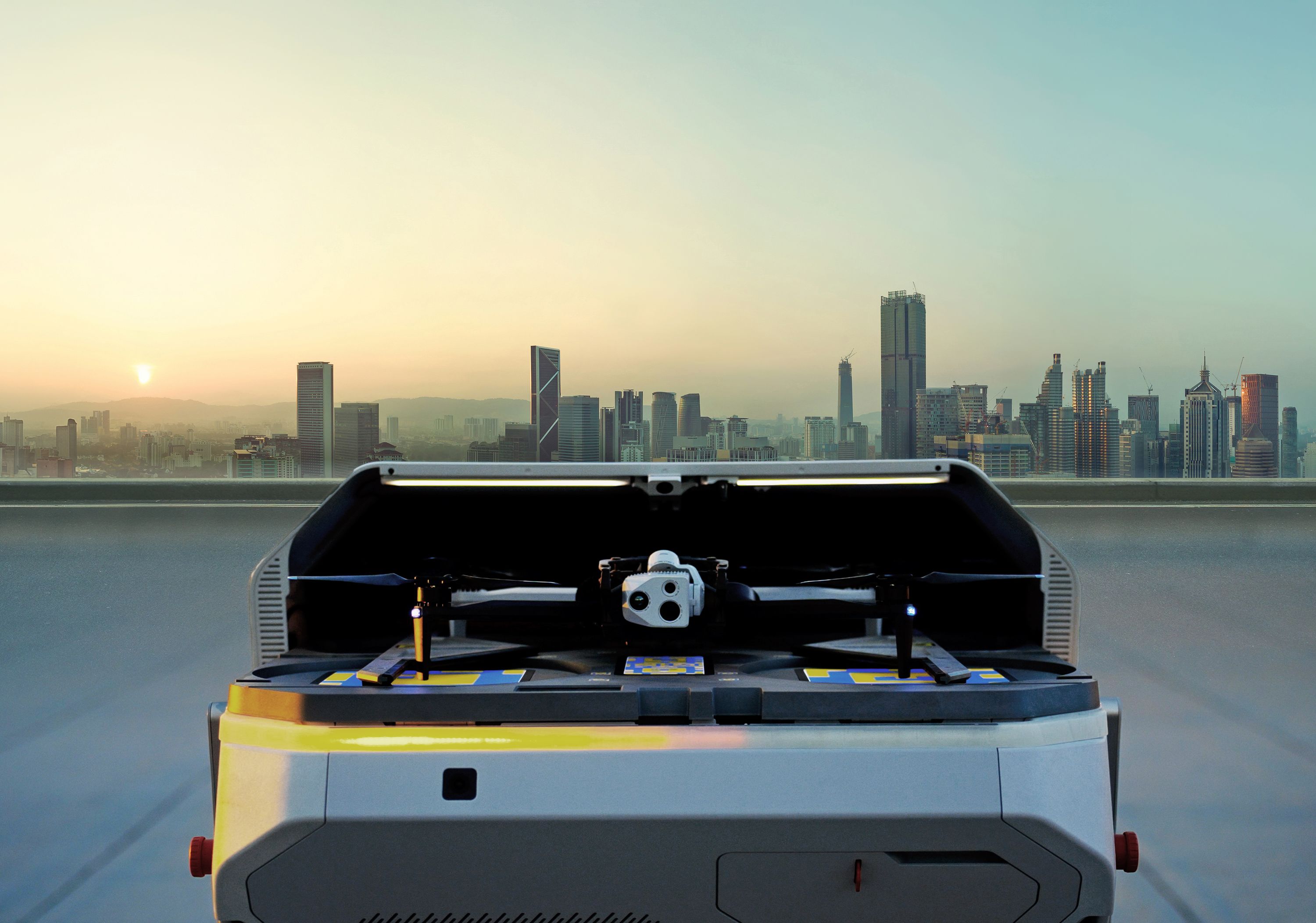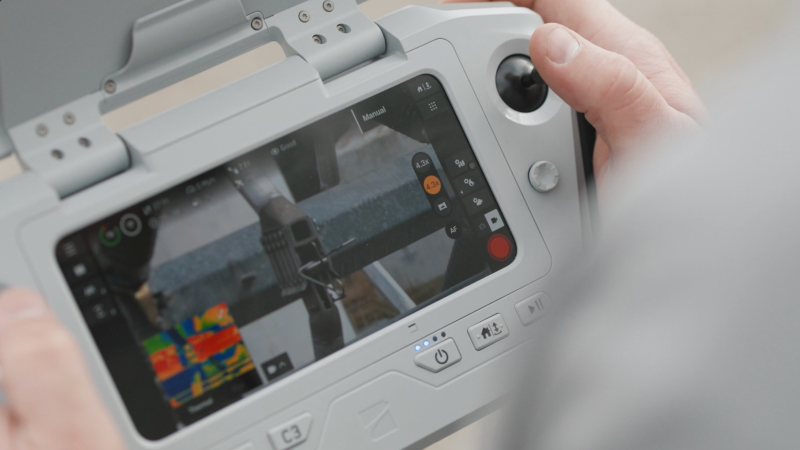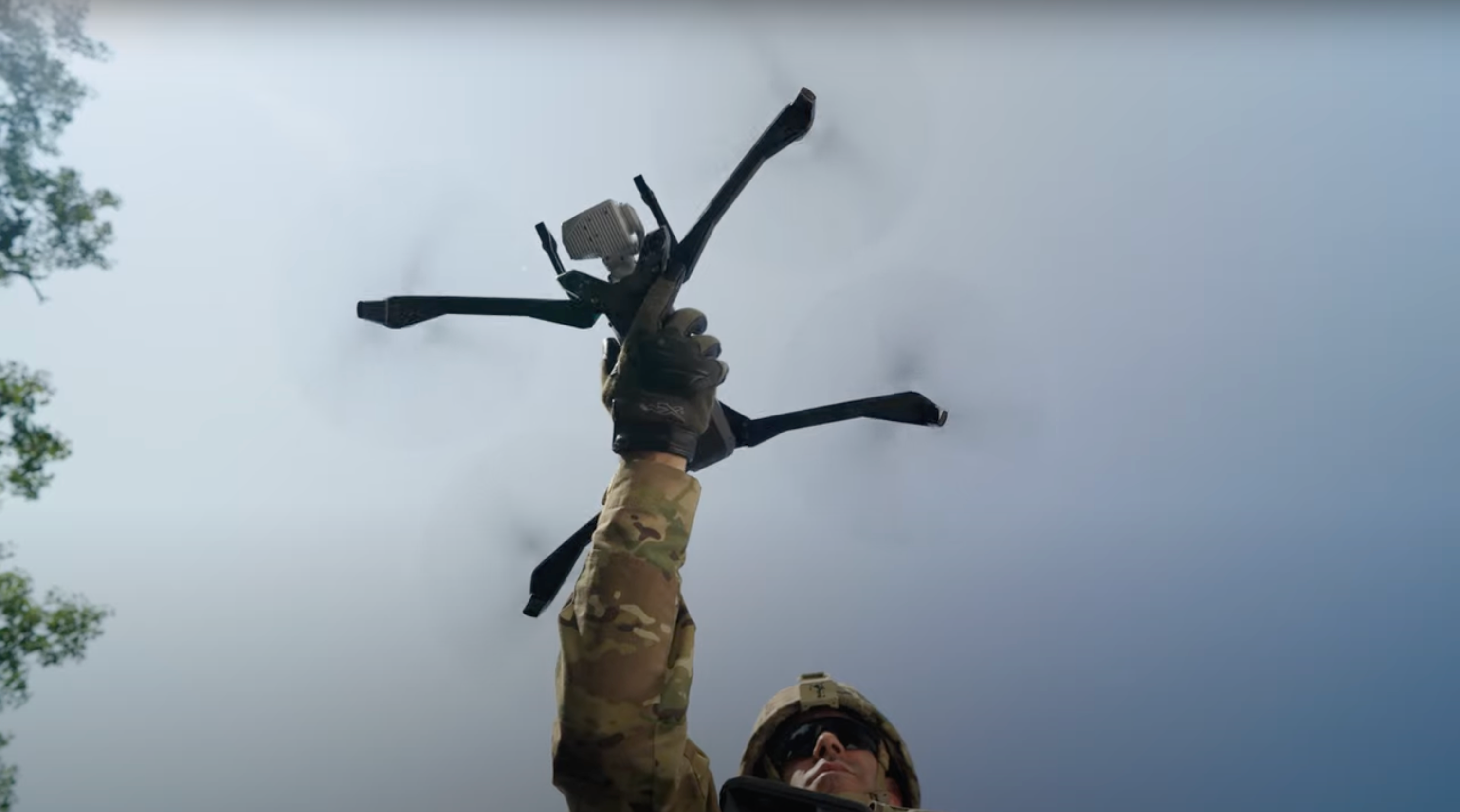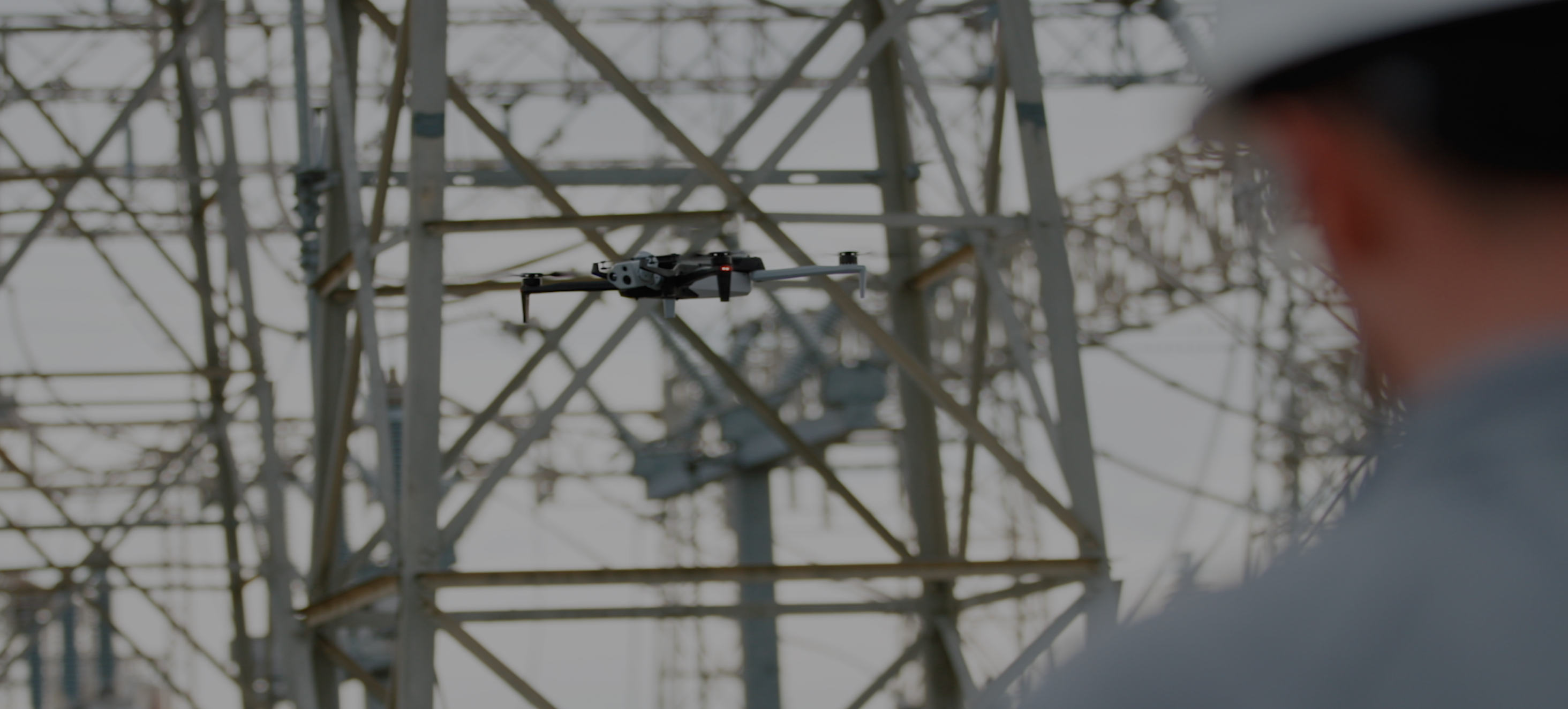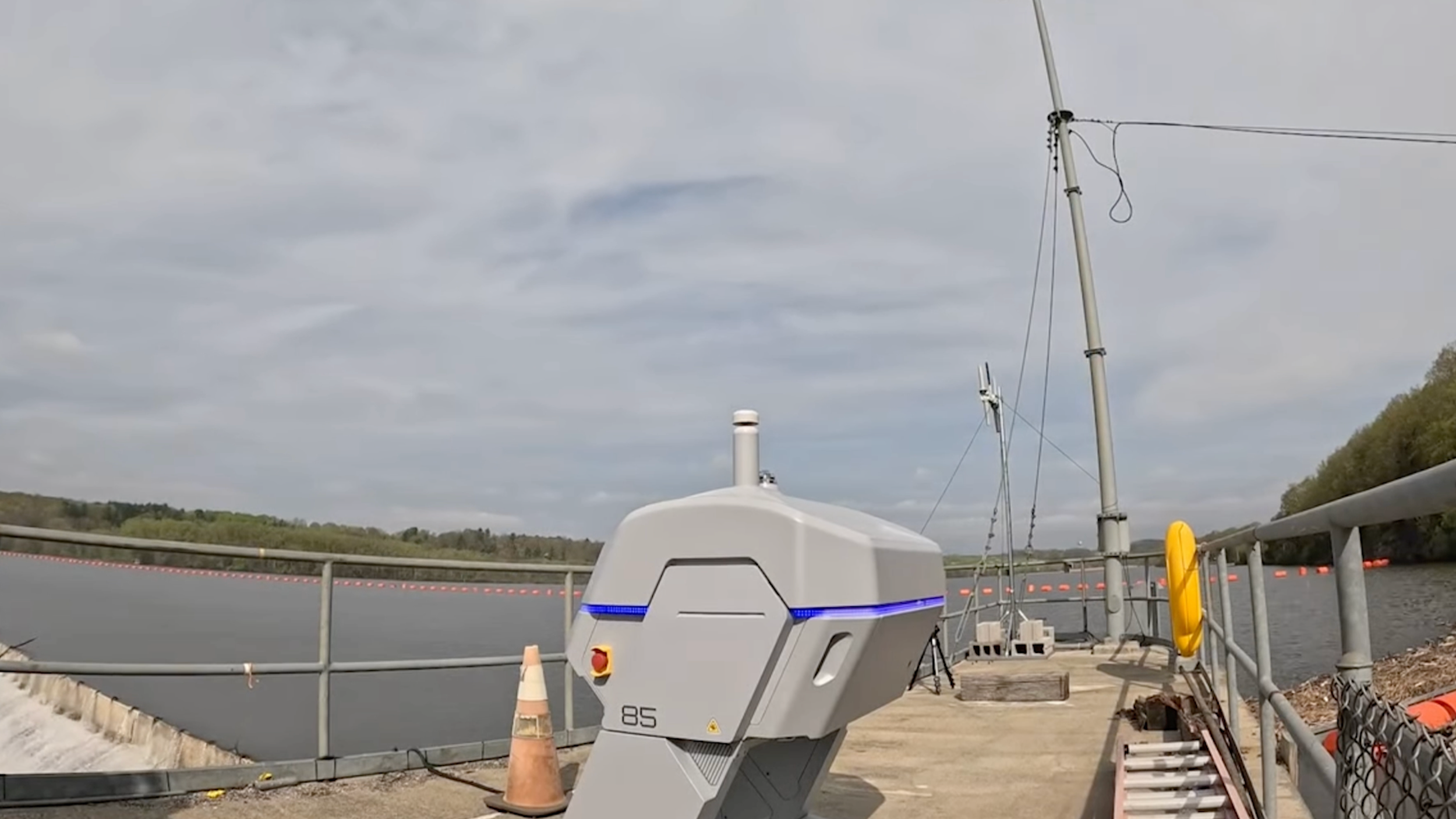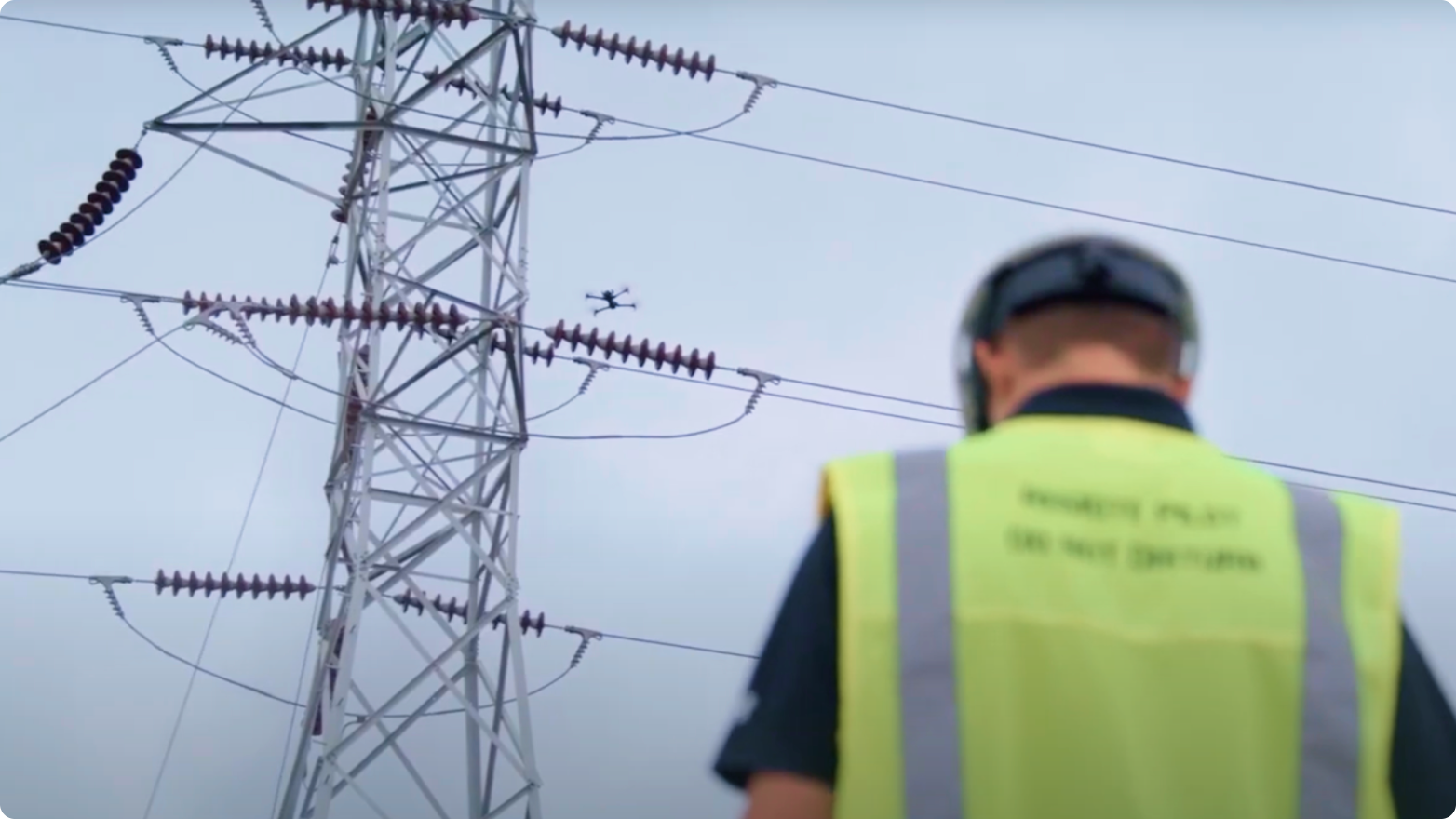Background
American Electric Power Company Inc. (AEP), is one of the largest American electric utility companies in the United States, with more than 5 million customers in 11 states. The company is one of the nation’s largest generators of electricity, owning nearly 38,000 megawatts of generating capacity, as well as owning the nation’s largest electricity transmission system at nearly 39,000 miles. AEP’s transmission system directly or indirectly provides about 10% of the electricity demand in the Eastern Interconnection. AEP’s impact to electric utility infrastructure is vast and complex, requiring substantial resources to ensure that all assets are working efficiently, around the clock. Preventing and responding to infrastructure issues or outages requires strategic planning and agile resource management.
Challenge
An outage in the middle of the night
With tens of thousands of generating capacity and miles of transmission system, it’s not an “if” a failure or outage will happen, it’s a when. Preventing as many failures as possible and ensuring infrastructure is well-maintained is a constant operation.
In the middle of the night when a static line failed and fell across a 345kv bus – tripping out everything that was associated with that bus and a unit at the substation plant, AEP knew there needed to be a better way. A way to manage maintenance inspections, prevent outages, decrease operational costs and lessen dangers for their crews.
Whenever there are major faults, there is a risk of failed equipment with significant downstream effects. For utility organizations such as AEP, this impacts portions of their workforce, takes up substantial time to address the failure and could result in millions of dollars of cost to repair.
Solution
Drones reduce risks and reveal unseen issues
AEP responded to the failure by deploying a Skydio drone to inspect the failed line. By doing this the crew and drone pilot was able to stay safely outside the potentially hazardous substation. Meanwhile while the drone pilot navigated around the complex infrastructure with the help of Skydio’s AI technology, the drone documented with video and photo imagery to be uploaded to a cloud platform for easy analysis back in the office. AEP was able to pinpoint the initial static line failure, and another static line that was on the brink of failure was also revealed by the viewpoints from the drone – impossible to see from manual inspection.
Results
Substantial cost savings and risk management
With the information gathered during the emergency drone inspection of the substation, key decisions were made to repair the newly found static line issue which resulted in saving AEP nearly $8 million from repairs, outage and pulling in additional labor. Additionally hours were saved in addressing the initial static line failure by deploying the the drone to inspect the substation instead of manual inspections – saving man hours, costs and decreasing the outage time for AEP’s customers.
A Look ahead
Autonomous Drones for Condition-Based Maintenance
With the use of drones to constantly monitor this type of equipment, utility organizations know their asset conditions at all times. Partnering with Skydio and others, AEP is leveraging autonomously flying docked drones to create programmatic inspections of their infrastructure. With this new capability, AEP will be able to routinely inspect their substations for issues that could result in an outage and keep their technicians out of dangerous situations.
